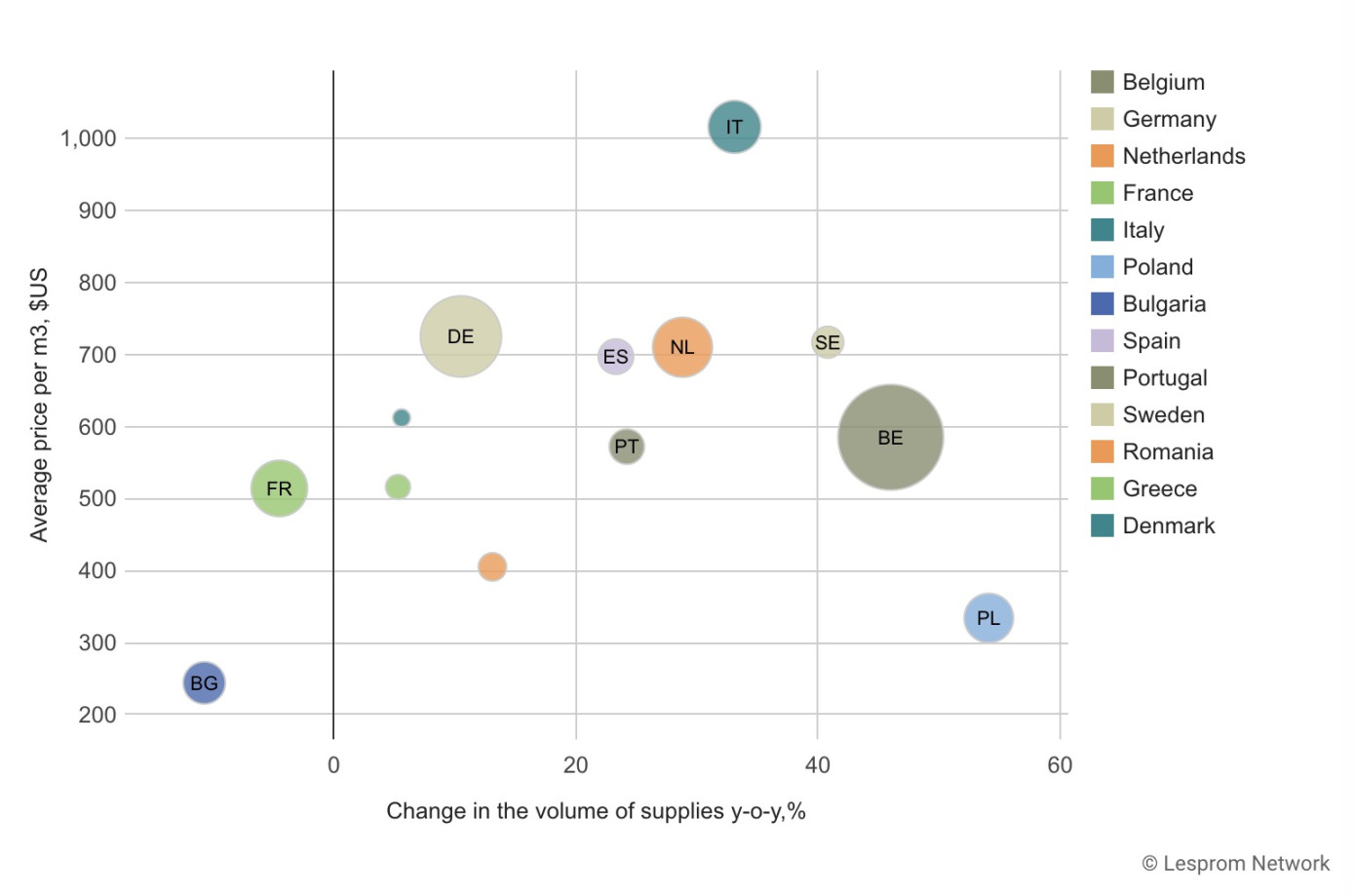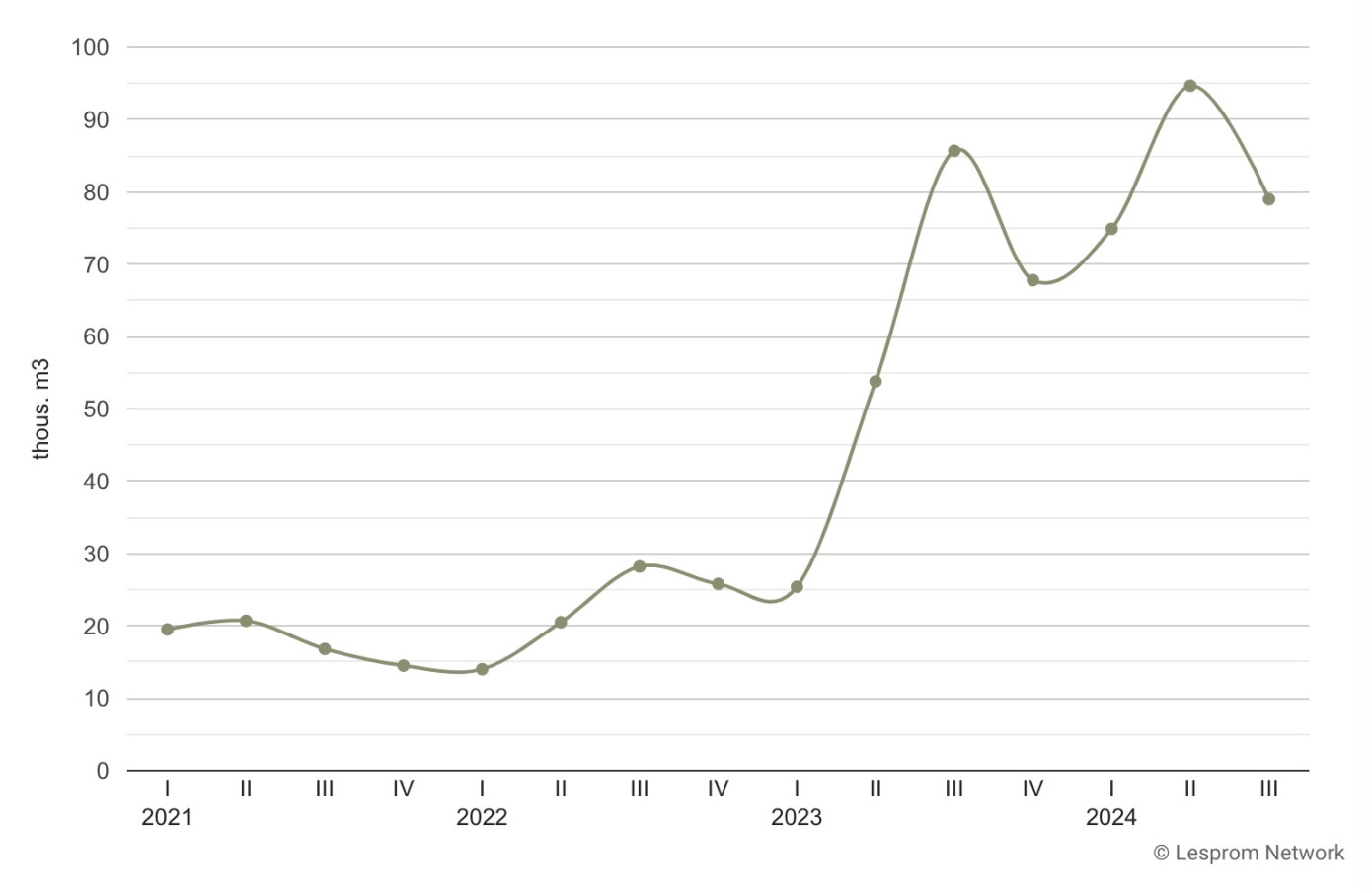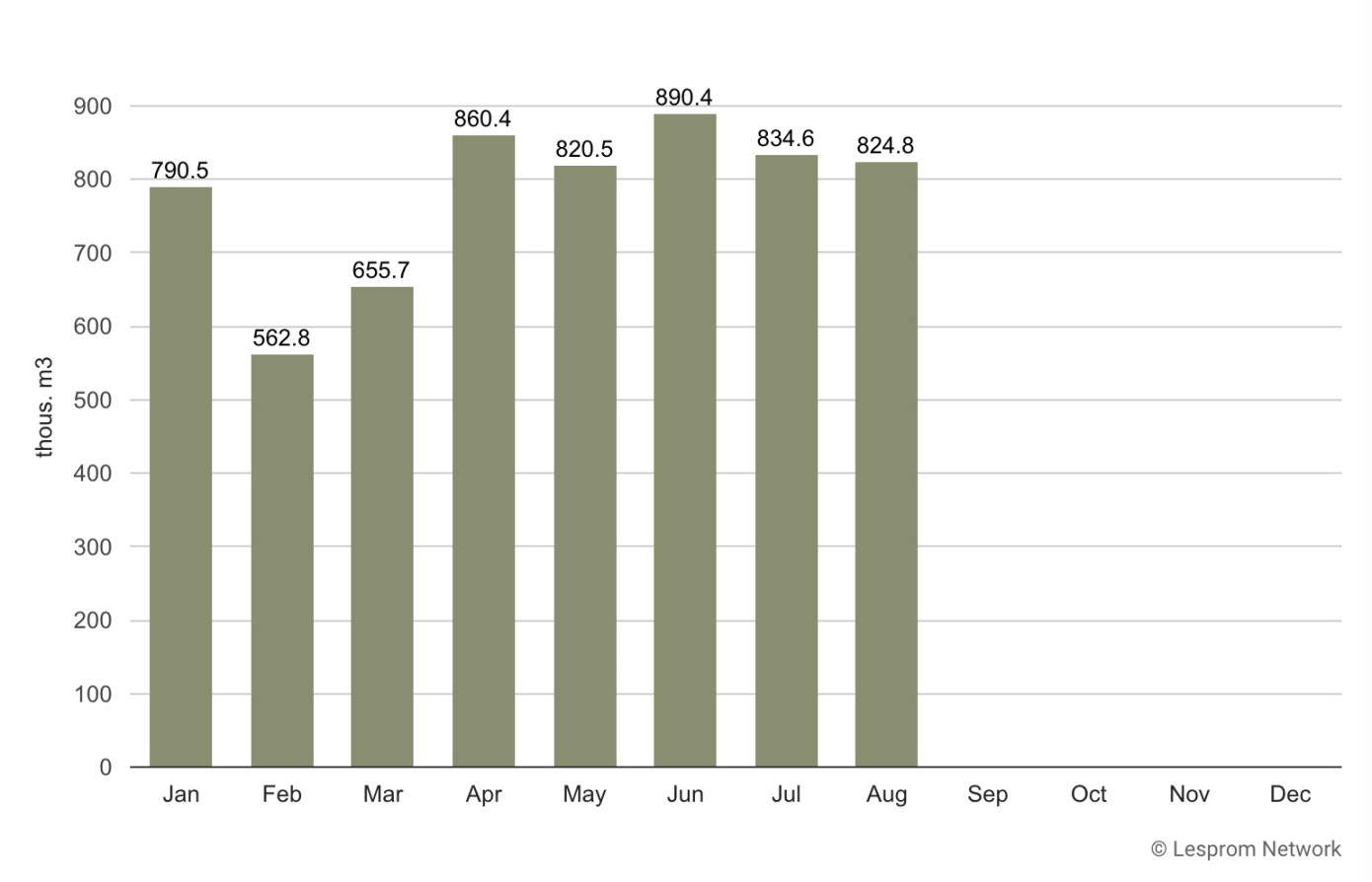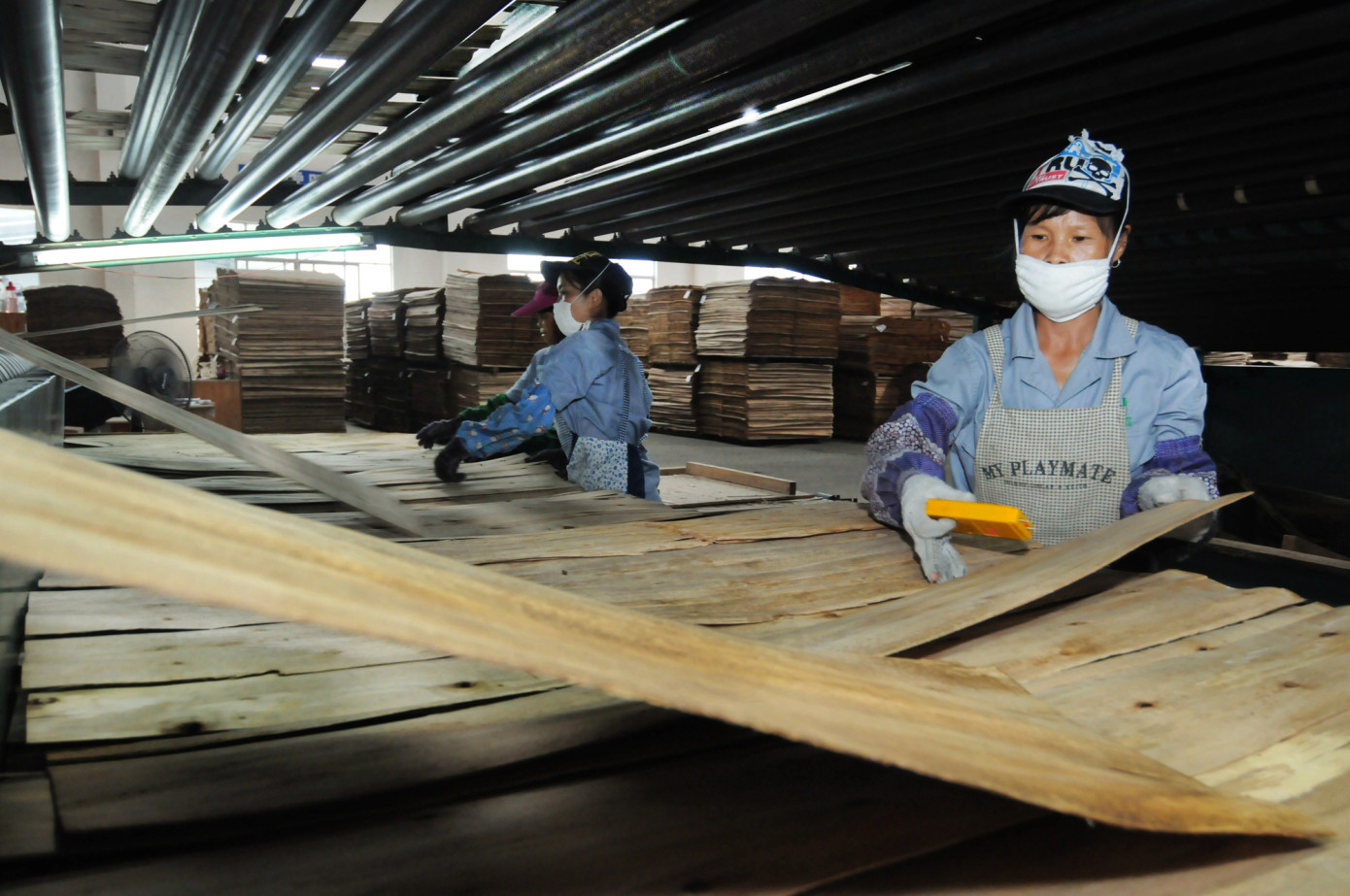The European Commission has launched an anti-dumping investigation into imports of hardwood plywood from China, acting on a complaint by the Greenwood Consortium, which represents the EU's hardwood plywood industry. The consortium, which lodged its complaint on August 27, 2024, argues that Chinese imports are sold at artificially low prices, undercutting European producers and violating fair trade rules. This investigation follows mounting concerns that these imports originate from Russia, whose wood products have been banned in the EU since the Ukraine invasion in 2022.
The hardwood plywood under investigation consists of wood sheets excluding bamboo and okoumé, with a ply thickness of no more than 6 mm, classified under HS codes 4412 31, 4412 33, and 4412 34. According to the complaint, the products in question contain wood sourced from Russian forests, which adds to their competitive pricing despite the EU embargo on Russian wood imports.
The EU producers claim that Chinese hardwood plywood is being sold in the EU at prices significantly below normal production costs, undercutting domestic producers and distorting the market. Additionally, a significant portion of the plywood imported from China is alleged to originate from Russia. Russian wood products have been banned in the EU since February 2022, and it is believed that Chinese imports may be circumventing these restrictions by incorporating Russian timber. The complaint further claims that Chinese manufacturers benefit from substantial market distortions, including state subsidies and interventions that artificially lower production costs. These distortions include lower prices for raw materials (such as wood), capital, labor, and energy, providing Chinese exporters an unfair competitive advantage.
The complaint cites a sharp increase in Chinese plywood imports into the EU. China’s hardwood plywood exports to the EU grew by 23% year-on-year, reaching 837 thousand m3 between January and August 2024. The value of these exports increased by 21% to $514 million, while the average price dipped 2.2% to $615 per cubic meter, according to Lesprom Analytics. Image: Trends in China’s hardwood plywood exports to the European Union by country from January to August 2024 show significant growth across several markets / Lesprom Analytics
It is also alleged that Russia exports hardwood sawlogs to China, used in plywood production, at distorted prices. In the first eight months of 2024, Russia’s hardwood sawlog exports to China contracted by 7.5% year-on-year to 858 thousand m3, with the value of these exports slightly declining by 0.6% to $120 million. However, the average price of sawlogs increased by 7.4% to $140 per cubic meter.
Data for January to August 2024 show that Russia’s exports of hardwood plywood to China surged 74% year-on-year to 249 thousand m3, with the value of these exports growing by 46% to $125 million. However, the average price per cubic meter dropped 16% to $502. This influx of Russian hardwood plywood into China has fueled concerns about its potential re-export to the EU as Chinese-origin plywood, circumventing the EU's ban on Russian wood products. Image: Russia’s hardwood plywood exports to China from January 2021 to August 2024 / Lesprom Analytics
The European Commission will examine whether these pricing distortions result in damage to EU producers, who have reported declining sales and prices. The industry employs around 10,000 people across key production centers in Poland, Finland, France, and the Baltic states.
In 2023, the EU imported approximately 750,000 cubic meters of hardwood plywood, valued at Euro 327 million, from China. This volume represents more than half of the EU's total hardwood plywood imports and covers 30% of the EU market. The EU has already imposed anti-dumping duties on plywood imports from other countries due to similar concerns. In 2023, tariffs were also levied on imports from Kazakhstan and Turkey, after investigations revealed that some of their plywood included Russian content in violation of EU trade rules.
The investigation, expected to last up to 14 months, will determine whether to impose duties on these imports. Provisional measures could be introduced within seven to eight months if preliminary findings support the claims. To prevent importers from circumventing potential duties, all Chinese plywood imports will be registered at EU borders from the start of the investigation, ensuring any future tariffs can be applied retroactively.
The inquiry is part of a broader push by the EU to protect domestic industries from unfair competition. This follows the recent imposition of up to 45% tariffs on Chinese electric vehicles, sparking retaliatory tariffs from China on EU products such as brandy. The escalating trade tensions have raised fears of a prolonged cycle of retaliatory measures. The European Commission, however, insists that these investigations are necessary to ensure a level playing field. Alicia García Herrero, senior fellow at the Bruegel think tank, told the FT that the time of “engagement” between China and the EU is over, as the two sides now compete in key industries.
The final decision on whether to impose definitive duties will depend on the outcome of the investigation, which will consider whether these measures serve the overall interests of the EU economy. Interested parties, including importers, EU producers, and trade unions, have been invited to submit evidence to support their positions during the investigation. Image: China’s hardwood plywood exports from January to August 2024 / Lesprom Analytics
In the face of China's ongoing property downturn, plywood producers have shifted their focus towards export markets to offset weak domestic demand. The increase in plywood exports is being driven by weak domestic furniture consumption, which is largely dependent on construction activity. From January to August 2024, China’s exports of hardwood plywood expanded by 11% to 6.24 million m3. The value of exports grew by 7.2% to $2.7 billion, while the average price of hardwood plywood decreased by 3.4% to $436 per m3, according to Lesprom Analytics.
Several countries, including the US, Morocco, Turkey, and South Korea, have already imposed punitive tariffs on Chinese wood imports in response to similar concerns.
